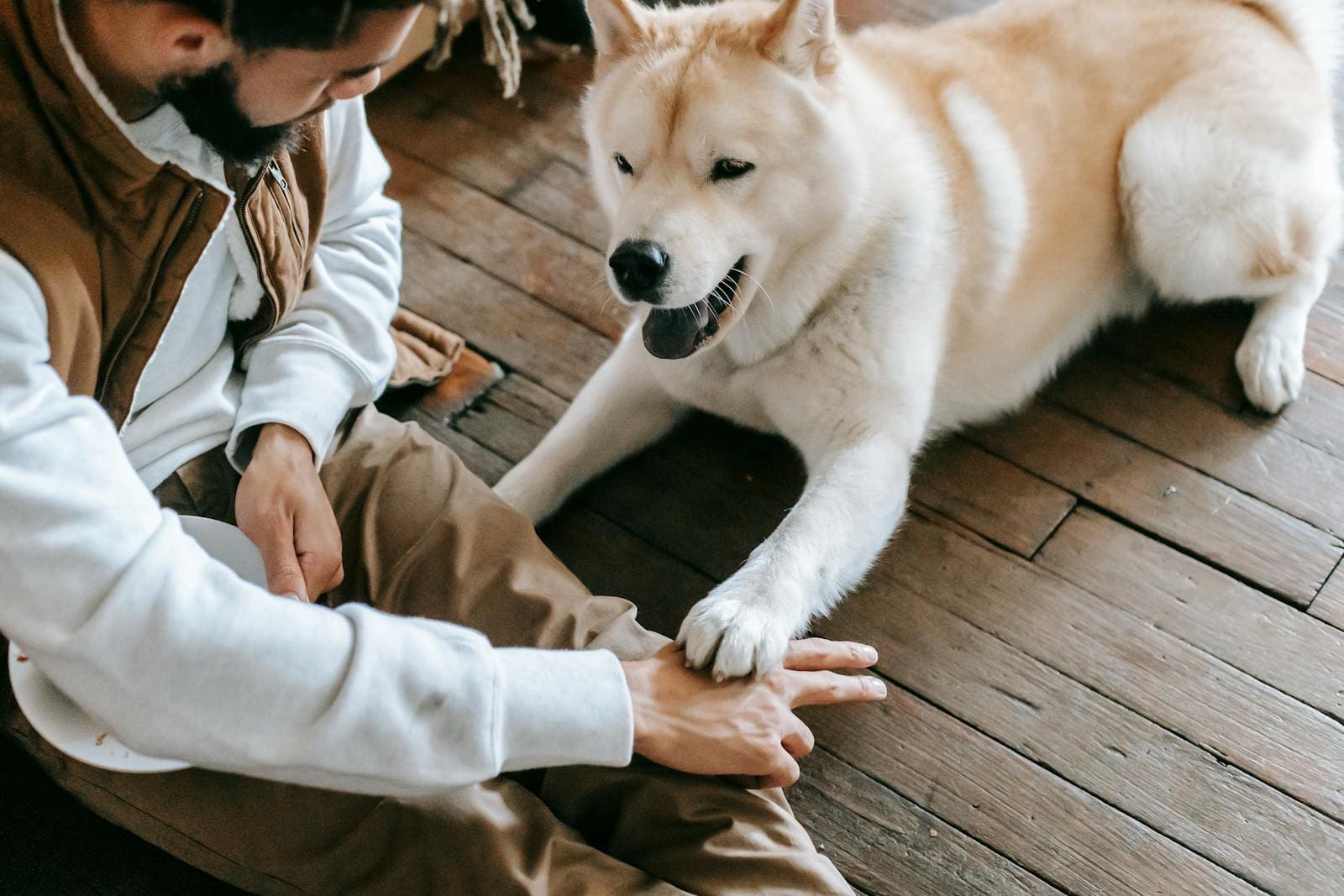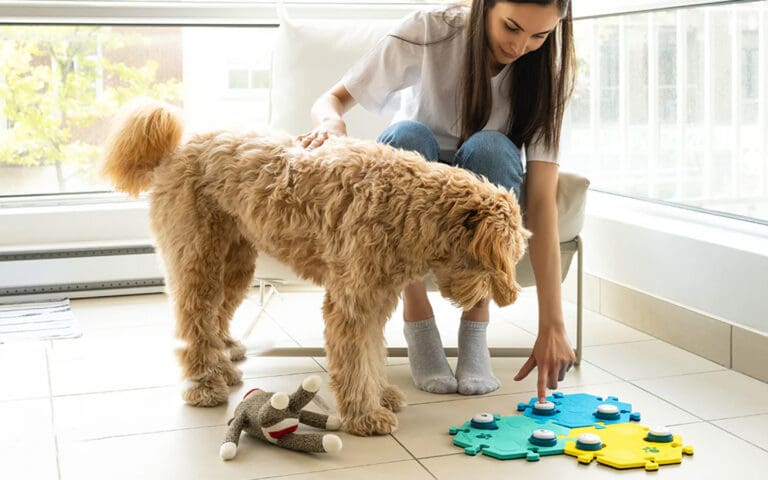All dogs benefit from training; it’s something that keeps your dog, people who interact with them, and other animals safe. Untrained or poorly trained dogs are a danger to themselves and others. Here are 10 dog training mistakes you must avoid.
10. Beginning Too Late

Waiting too long to begin training adds problems an early start avoids. Delaying training can allow a dog to develop bad habits or behavioral issues that make instruction more challenging. Puppies absorb new information rapidly. Experts say 8 weeks old is the perfect time to start. An adopted older dog can be trained but the process will be more tedious.
9. Skipping Basic Obedience Training
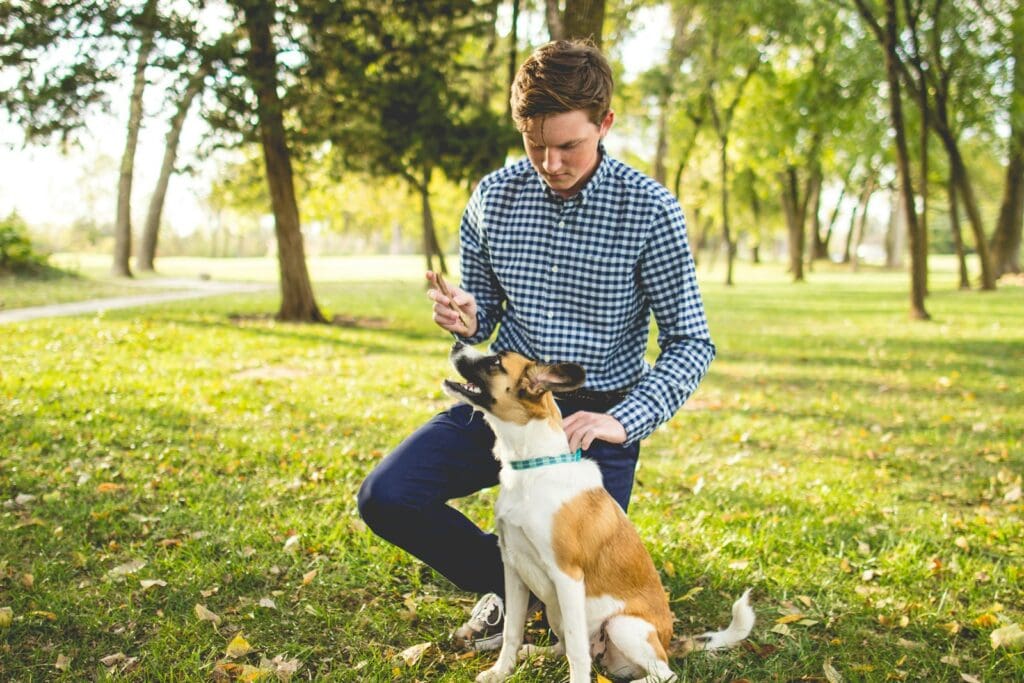
Basic obedience training keeps the dog and other people safe and can make the animal more pleasant to be around. Fundamental commands such as sit, stay, come, and others make it easier to handle the dog. Investing the time and effort to teach your dog obedience is crucial whether you do it yourself or work with a professional trainer.
8. Lack of Consistency

Dogs thrive on routine. Your training methods, rules, and expectations must be consistent. Otherwise, you will confuse the dog and hinder their progress. Boundaries must be clear and unchanging. Commands must be consistent. For example, “down” means lay down, “off” means don’t jump on you, but not also using “down” for don’t jump. Your entire household must use consistent commands.
7. Lack of Patience

Some results will be quick, others will not. Don’t become frustrated when your dog doesn’t grasp behaviors as swiftly as you’d like. Impatience can undermine your dog’s progress. They’ll pick up on your dissatisfaction. Stay positive and avoid scolding. Dogs crave praise. Don’t emphasize mistakes. Instead, reinforce positive behaviors by the dog, celebrating small victories.
6. Lack of Socialization

Dogs not adequately socialized may be fearful, overly anxious, or aggressive in unfamiliar situations. Socialization is crucial to a dog’s mental attitude, confidence, adaptability, and behavior. Expose your puppy to new experiences early and often. Gradually, introduce them to different environments, people, dogs, and other pets, while ensuring positive interactions. Reward calm and confident behavior with praise and treats.
5. Not Providing Mental Stimulation
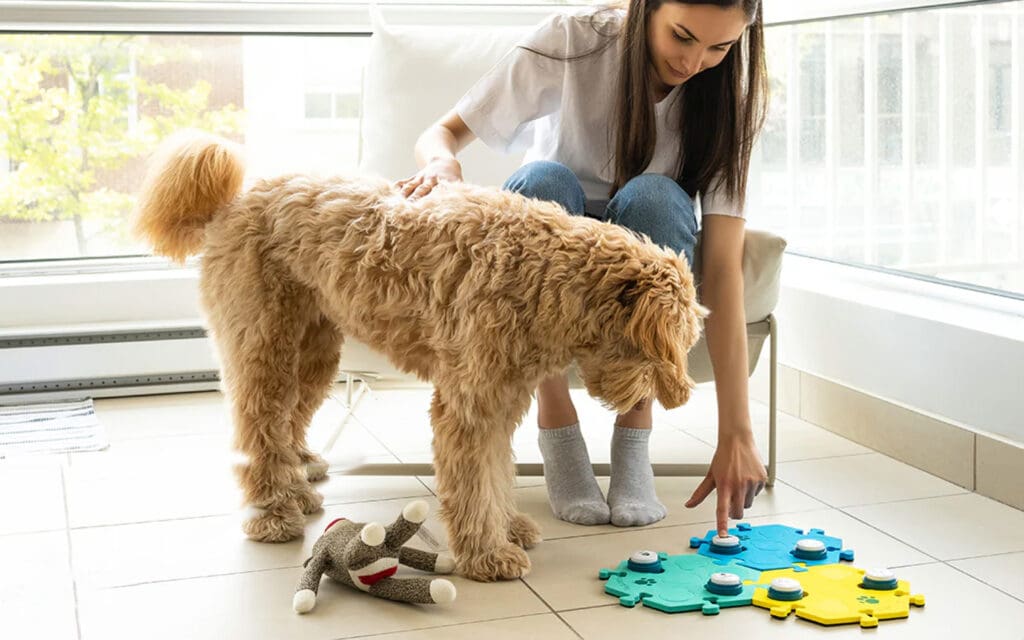
Dogs need physical stimulation, but they also need mental stimulation – something many dog owners ignore. Dogs lacking mental stimulation may resort to undesirable behaviors such as digging, chewing, or excessive barking. You can mentally stimulate your dog by introducing them to new experiences, interactive games, or puzzle toys. Hide treats and play a “find the treat game” with your dog.
4. Lack of Established Routine

A lack of routine can stress your dog and lead to behavioral problems. Therefore, certain daily routines should be scheduled at consistent times. These might be bathroom breaks, meals, exercise, playtime, attention, and affection. Incorporate training sessions into the routine as well. When your dog knows what to expect daily, they’ll feel more confident and secure.
3. Neglecting Health and Well-Being

Dogs can’t communicate their thoughts or feelings. Therefore, their physical and emotional health must be monitored. Dogs thrive on companionship for emotional well-being. Regular veterinary care is crucial. Grooming and pest control (fleas, ticks, heartworms) are essential. Overlooking your dog’s health can result in illnesses or painful conditions that are costly to treat in the future. Nutrition is also vital.
Read More: 10 Biggest Mistakes Dog Owners Make
2. Toxic Nagging

Training experts say there’s a fine line between effective guidance and what they call “toxic nagging.” This refers to frustrated dog owners who excessively repeat commands or use constant negative corrections. Repeating commands incessantly can confuse the dog, making them less likely to react. Patience is crucial. Focus on positive reinforcement of correct responses, rather than constant corrections.
Read More: 10 Ways to Improve Your Dog’s Destructive Behavior
1. Avoiding Professional Help
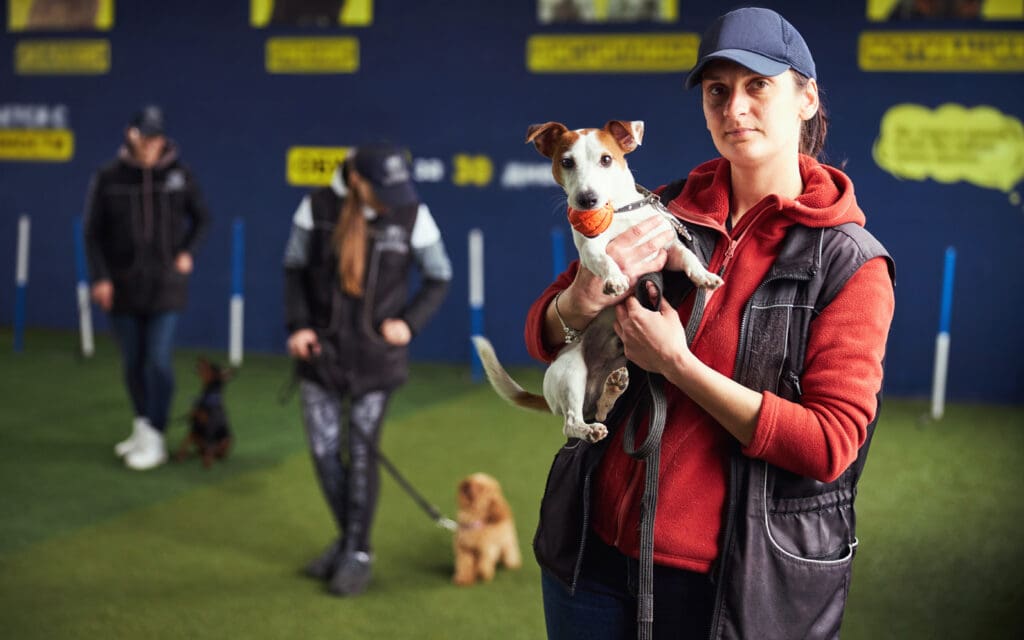
While many owners prefer to train their dogs themselves, it’s important to acknowledge situations that can benefit from professional guidance. Certain behavioral issues need the experience a professional provides. In some cases, DIY training might make the situation worse. If the dog exhibits persistent behavioral issues, aggression, or severe anxiety, it’s best to consult a qualified trainer or behaviorist.
Read More: Thinking of Rehoming Your Dog? Read This First

